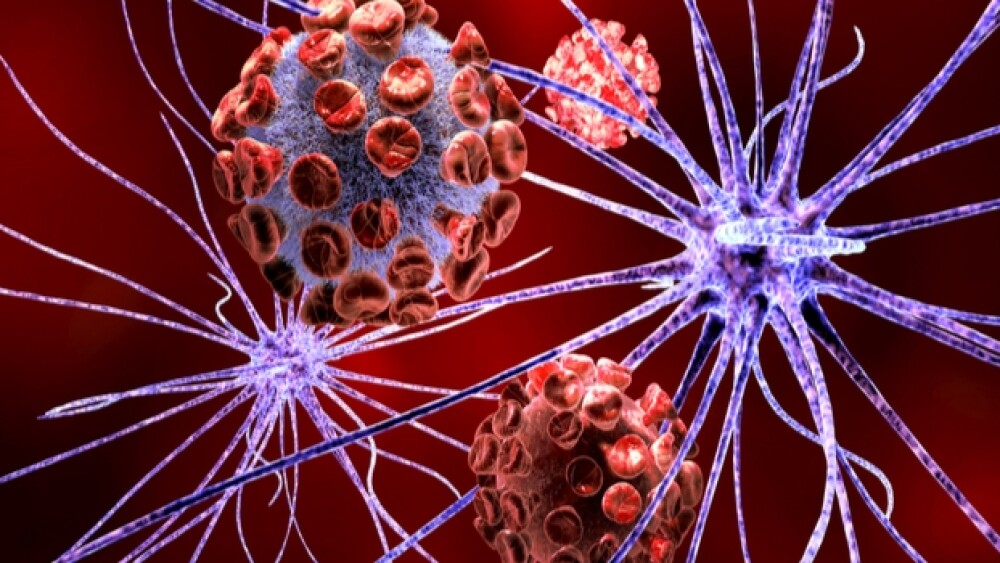Biogen announced new data from the NURTURE trial of pre-symptomatic patients with spinal muscular atrophy (SMA).
Biogen announced new data from the NURTURE trial of pre-symptomatic patients with spinal muscular atrophy (SMA). SMA is a rare, autosomal recessive neuromuscular disease characterized by the degeneration of alpha motor neurons in the spinal cord. This results in progressive muscle weakness and paralysis. According to the Orphanet Journal of Rare Diseases, the estimated incidence is 1 in 6,000 to 1 in 10,000 live births.
There are currently two approved therapies for spinal muscular atrophy (SMA), Biogen’s Spinraza and Novartis’ gene therapy Zolgensma. Spinraza is priced at $750,000 for the first year and $375,000 each year afterwards. Novartis’s Zolgensma, which is believed to be a one-shot treatment, is priced at $2.1 million. That makes it the biopharmaceutical industry’s most expensive one-time treatment.
Roche is expecting the U.S. Food and Drug Administration (FDA) to approve its own SMA therapy, risdiplam, by August. And the company has suggested that it plans to undercut both Biogen and Novartis on price in other to make up for being third-to-market.
In the NURTURE study to date, Biogen found that in babies genetically diagnosed with SMA, early and sustained treatment with Spinraza for up to 4.8 years allowed “unprecedented survival.” The patients continued to maintain and progress gains of motor function compared to the natural course of the illness. The company plans to present the data at the virtual Cure SMA Research & Clinical Care Meeting this week.
The data includes almost a year of additional follow-up for NURTURE participants. As of February 2020, all patients receiving treatment, with a median age of 3.8 years, were alive and free of permanent ventilation. Typically, most children with SMA Type 1, on average, do not live to their second birthday. All children receiving Spinraza in this group achieved the motor milestone of walking independently and maintaining that ability.
“The impact of early and sustained Spinraza treatment on these infants and their families is remarkable,” said Kathryn Swoboda, the Katherine B. Sims, M.D., Endowed Chair in Neurogenetics and director of the Neurogenetics Program, Massachusetts General Hospital. “The new results from NURTURE continue to bolster the substantial benefit of both prompt diagnosis and early and longer-term treatment with Spinraza.”
NURTURE is ongoing, a Phase II, open-label trial of 25 pre-symptomatic patients who have been diagnosed with a genetic test for SMA as being most likely to develop SMA Type 1 or 2. They received their first dose of Spinraza before 6 weeks of age. The trial has been extended another three years, which allows the company to evaluate the efficacy and safety through 8 years of age.
Spinraza was the first therapy approved to treat SMA and is approved in more than 50 countries. The drug is an antisense oligonucleotide (ASO) developed using proprietary technology from Ionis Pharmaceuticals. That technology is designed to target a root cause of SMA by increasing the amount of full-length survival motor neuron (SMN) protein. This protein is required to maintain motor neurons. The drug is administered by intrathecal injection into the fluid surrounding the spinal cord.
The FDA approved Zolgensma in May 2019 to treat children less than two years old with SMA that have bi-allelic mutations in the survival motor neuron 1 (SMN1) gene. Zolgensma is only approved for SMA Type 1. SMA type I, the severest form, is almost always fatal by two years of age, with a 50% mortality rate by seven months and a 90% mortality rate by 12 months.
A 2009 study found that with nutritional and respiratory care, a greater percentage of those patients were living beyond two years of age. Patients with Types II and III typically live into adulthood and could potentially have a normal life expectancy, although with a great deal of healthcare services. Spinraza is approved for all types.
It is likely that Zolgensma, because of it’s one-treatment approach, will be the therapy of choice for SMA. Still, analysts project risdiplam could hit $1 billion in annual sales, and Biogen’s Spinraza is already raking in about $2 billion per year. Spinraza and risdiplam will likely be seen as the treatments for older patients. And risdiplam has an advantage over Spinraza—it is an oral medication, whereas Spinraza requires a spinal infusion every four months.





